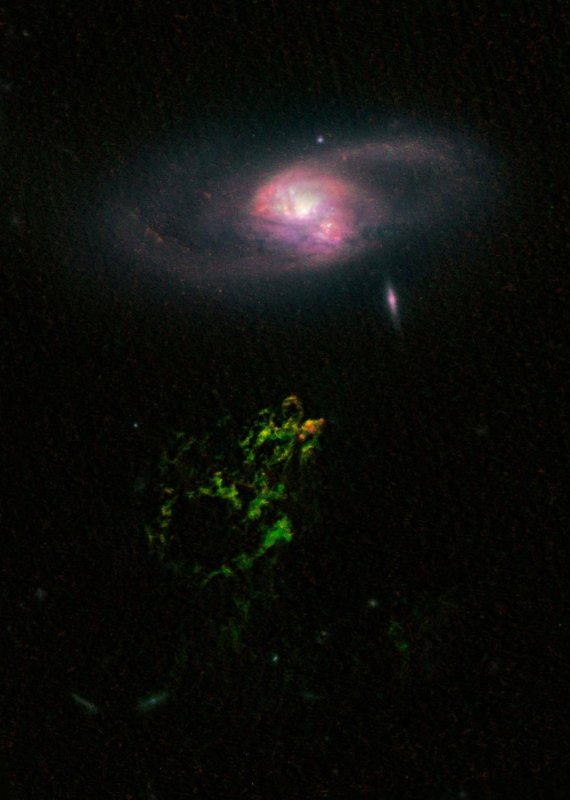PASADENA, Calif., July 22 (UPI) -- Astronomers at the California Institute of Technology say they have discovered the largest and farthest reservoir of water ever detected in the universe.
The researchers have found a mass of water vapor that's at least 140 trillion times that of all the water in all the Earth's oceans in a quasar -- one of the brightest and most violent objects in the cosmos -- 30 billion trillion miles away, a Caltech release said Friday.















